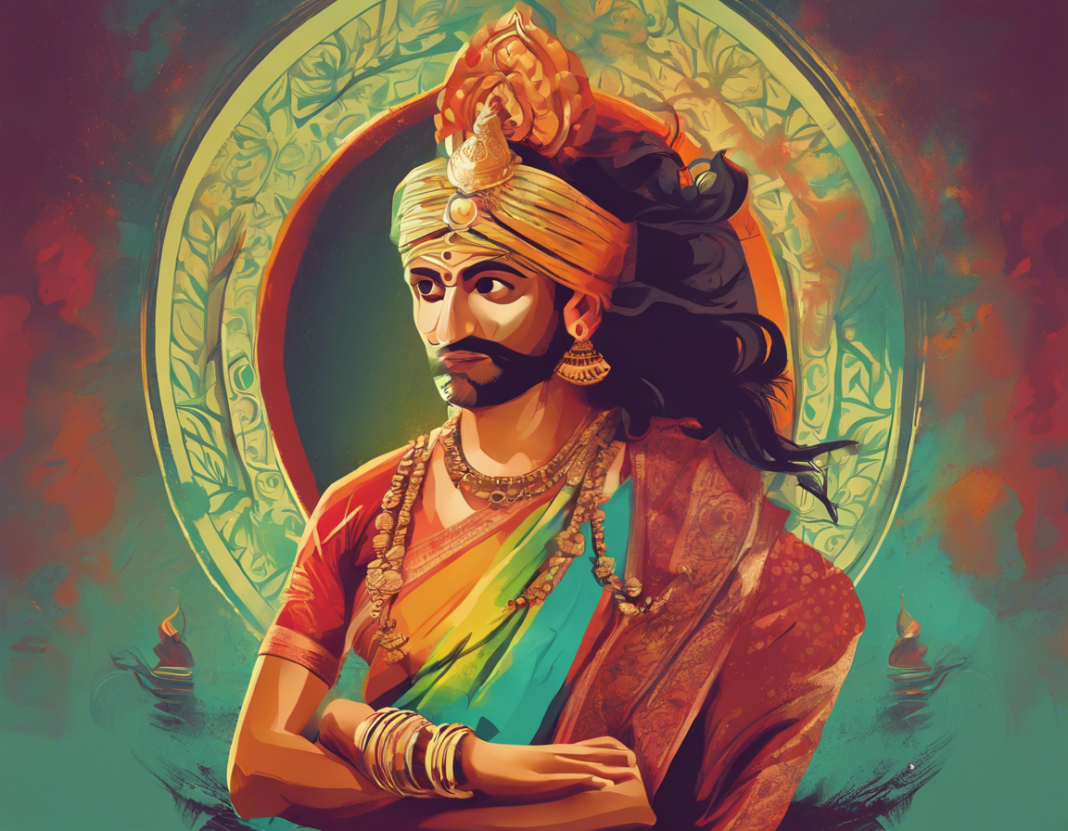In the vibrant city of Lahore, Pakistan, lies Heeramandi, a place steeped in history and intrigue. Originally established in the 17th century, Heeramandi was a bustling center of culture, art, and entertainment, where courtesans, known as tawaifs, reigned supreme. These women were not just skilled in dance and music but were also renowned for their wit, charm, and intelligence. Heeramandi was not merely a red-light district; it was a world unto itself, with its own rules, traditions, and hierarchies.
The Rise of Heeramandi
Heeramandi’s rise to prominence can be traced back to the Mughal era, when the courtesans enjoyed royal patronage and were considered the epitome of sophistication and refinement. These women were well-educated, well-read, and well-versed in the arts, making them sought after companions for the nobility and aristocracy. Heeramandi became a hub of creativity, with poets, musicians, and artists flocking to the area to seek inspiration from the courtesans.
The Decline and Resurgence
With the decline of the Mughal Empire and the advent of British colonial rule, Heeramandi’s fortunes took a turn for the worse. The tawaifs, once revered, were now marginalized and stigmatized by society. However, in recent years, there has been a renewed interest in Heeramandi and its legacy. Artists, writers, and filmmakers have sought to immortalize the stories of these courtesans, shedding light on their contributions to the cultural fabric of the region.
Legacy of Heeramandi
The legacy of Heeramandi lives on in the art forms it nurtured. The classical dance form of Kathak, which originated in the courtyards of these courtesans, continues to enchant audiences around the world. The music of Heeramandi, with its blend of classical and folk traditions, remains a testament to the creativity and talent of the tawaifs. Even today, the spirit of Heeramandi can be felt in the alleyways and bazaars of Lahore, where echoes of its past glory still linger.
Reviving Heeramandi
In recent years, efforts have been made to revive the legacy of Heeramandi and restore its place in history. Cultural organizations have been established to promote the arts and traditions associated with the courtesans of Heeramandi. Through dance performances, music recitals, and art exhibitions, these initiatives aim to honor the contributions of the tawaifs and keep their memory alive for future generations.
FAQs about Heeramandi:
-
What was the role of courtesans in Heeramandi?
Courtesans in Heeramandi were skilled in dance, music, poetry, and conversation. They entertained the nobility and aristocracy with their talents and intelligence. -
Why was Heeramandi significant in the Mughal era?
Heeramandi was significant in the Mughal era due to the royal patronage enjoyed by the courtesans, who were considered embodiments of culture and refinement. -
How did Heeramandi decline during British colonial rule?
With the decline of the Mughal Empire and the changing social norms under British colonial rule, the courtesans of Heeramandi faced marginalization and stigma. -
What efforts are being made to revive Heeramandi’s legacy?
Cultural organizations and initiatives are working to revive Heeramandi’s legacy through promoting the arts, organizing performances, and preserving its history. -
What art forms have been influenced by Heeramandi?
Heeramandi has influenced art forms such as Kathak dance and classical music, blending classical and folk traditions in a unique and vibrant way.






